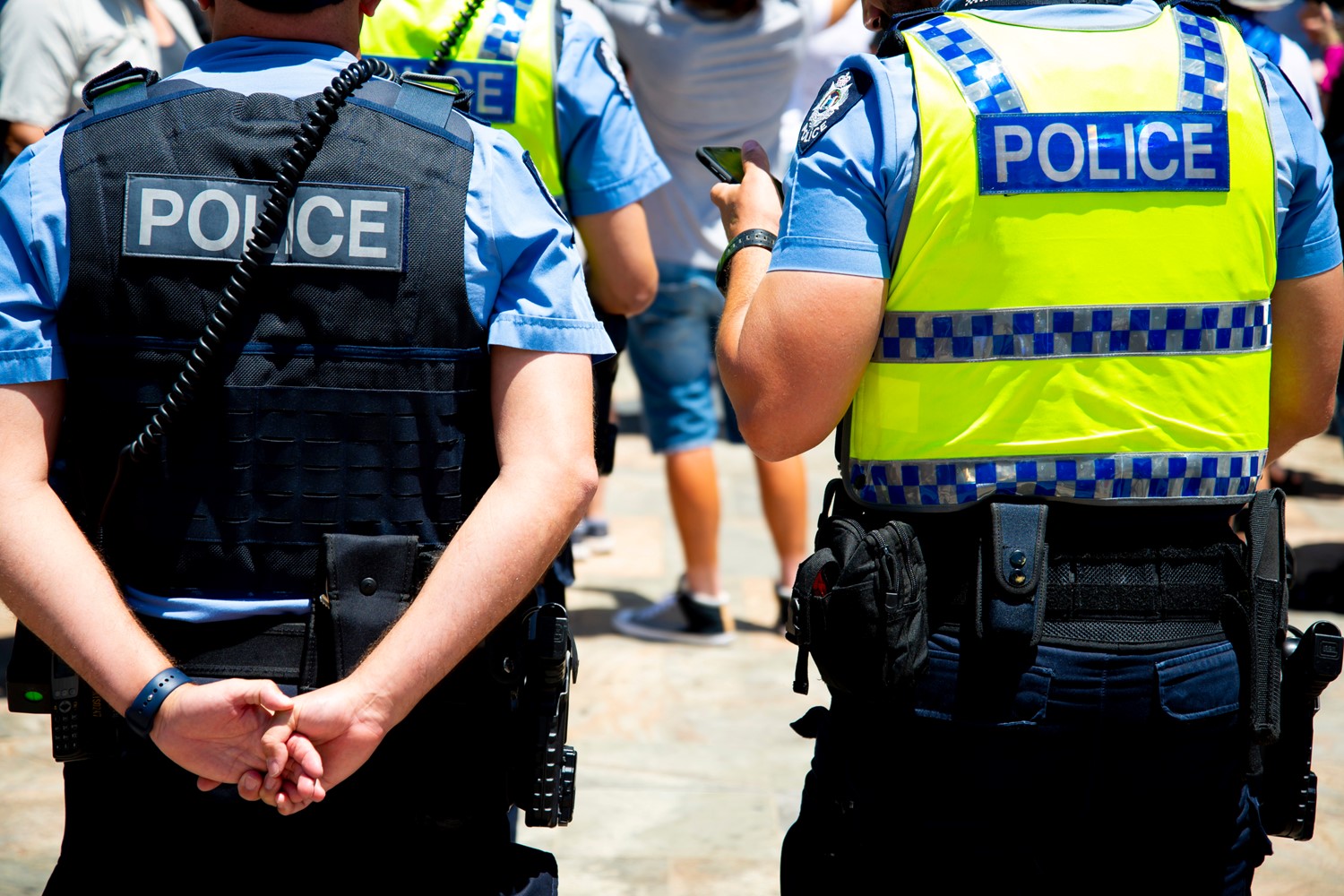 Criminal law in Australia dates back as far as 1899 when Sir Samuel Griffith, who then became the country’s first Chief Justice four years later, passed the first Criminal Code in Queensland. Other states attempted enacting their respective codes to limited success, later being given formal authority by the Commonwealth Constitution. (1)
Criminal law in Australia dates back as far as 1899 when Sir Samuel Griffith, who then became the country’s first Chief Justice four years later, passed the first Criminal Code in Queensland. Other states attempted enacting their respective codes to limited success, later being given formal authority by the Commonwealth Constitution. (1)
Since then, Australia has introduced changes to its criminal legislation almost every year, some spurred by high-profile cases. While criminal cases are primarily resolved to give justice to the victims and their families, other stakes and costs in criminal cases include amendments or introduction of new laws.
Whether or not these reforms have changed Australia’s criminal justice system for better or worse, there’s no denying that the following examples of criminal law cases have left a significant impact.
- The Queen v. Martin Bryant (1996)
In Port Arthur, Tasmania, then-28-year-old Martin Bryant opened fire on a packed café with his AR15 semi-automatic rifle, leaving 35 dead and 23 injured. According to authorities, his motive for the crime stems from his failure to purchase specific properties. He believed that the family that bought said properties first was conspiring against him. (2)
Authorities arrested Mr. Bryant the next day. In November 1996, seven months after the mass murder, the Supreme Court of Tasmania sentenced him to life imprisonment without eligibility for parole. He remains incarcerated at Risdon Prison in Risdon Vale, Tasmania, his case still one of the most notorious Supreme Court criminal cases.
The worst mass shooting in Australia (to date) has forced the federal government to prioritise gun control. That year, it enacted the National Firearms Agreement, giving state governments authority to restrict gun ownership rules and even buy back firearms from existing gun owners. Today, valid reasons for buying a gun in Australia are minimal—and self-defence isn’t one of them.
- R v. Ryan and Walker (1966)
Ronald Ryan was initially behind bars for petty theft in 1965. His desperation to save his family from breaking apart drove him to attempt a breakout with another inmate, Peter Walker. But in the chaos of the attempted escape, a corrections officer had been shot dead. To this day, no one can say with certainty if Mr. Ryan fired that shot. (3)
Nevertheless, the Supreme Court of Victoria added murder to his charges. He was sentenced to death by hanging, which was carried out on February 3, 1967. He would be the last person to receive the death penalty in Australia.
However, his execution was met with a rising sentiment against the death penalty. By the 1970s, Victoria and three other states had abolished the death penalty. Western Australia’s abolition by the mid-1980s effectively ended capital punishment nationwide. (4)
In 2010, the government signed the Crimes Legislation Amendment (Torture Prohibition and Death Penalty Abolition) Act into law. It prohibits state governments from reinstating capital punishment for criminal court cases Australia. (1)
- Monis v. The Queen (2013)
Despite going by many names (primarily due to his schizophrenia, as his psychiatrist attested), Man Haron Monis and his crime had a major influence on criminal law in New South Wales (NSW). In December 2014, this Iranian-born Australian citizen held a café hostage for 16 hours with a shotgun, resulting in the deaths of two hostages and himself.
But the crime that influenced Australian criminal law didn’t stem from this standoff. Instead, it was because Mr. Monis was charged as an accessory to his ex-wife’s murder in 2013. He was granted bail in 2014—days before the state’s new Bail Act 2013 took effect. An update to the old Bail Act 1978, the new law required a two-stage test to determine a person’s risk to public safety when granted bail in civil and criminal cases. The decision was controversial, with legal experts demanding answers as to why the judiciary allowed it.
In September 2014, months before the deadly hostage crisis, the NSW government introduced the Bail Amendment Act 2014. It returned the “show cause” condition in the Bail Act 1978 but retained the two-stage test introduced by the 2013 law. Legal experts believe that Mr. Monis’s bail request would’ve been different had the Bail Amendment Act become law in 2013. (5)
Conclusion
These criminal cases Australia have left a lasting impression on the country’s criminal laws. Yet, the growing complexity of these cases will warrant the need for further reforms down the line. Ensuring the rights of law-abiding Australians and punishing those who would do them wrong is in everyone’s best interests.
References:
- “History of criminal law”, Source: https://www.aph.gov.au/About_Parliament/Parliamentary_Departments/Parliamentary_Library/Browse_by_Topic/Crimlaw/Historycriminallaw
- “THE QUEEN MARTIN BRYANT”, Source: https://web.archive.org/web/20010508013225/http://www.shootersnews.addr.com/cttranscript.htm
- “‘Goodbye, my darlings’ – remembering the trauma of Australia’s last execution”, Source: https://www.theguardian.com/world/2017/feb/04/goodbye-my-darlings-remembering-the-trauma-of-australias-last-execution
- “No. 3 Capital punishment”, Source: https://www.aic.gov.au/sites/default/files/2020-05/tandi003.pdf
- “THE FINAL CRIMES OF MAN HARON MONIS”, Source: https://lylawyers.com.au/changes-in-bail-laws-impacted-on-sydney-siege/


